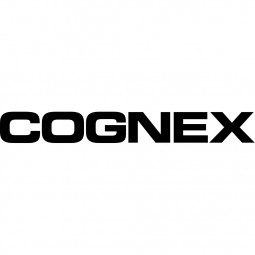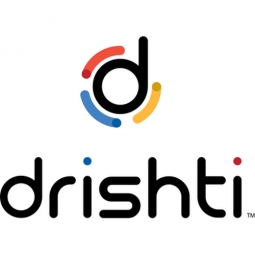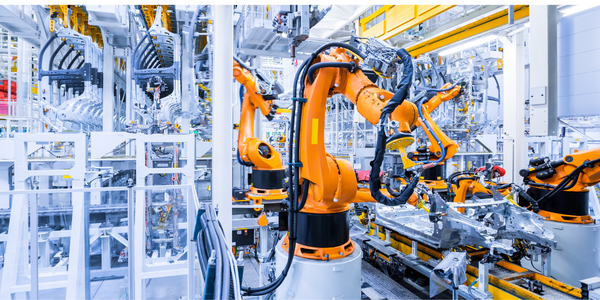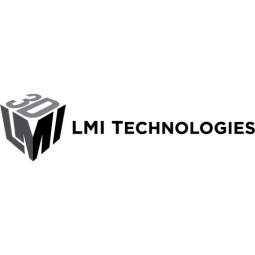Download PDF

COGNEX
Overview
HQ Location
United States
Year Founded
1981
Company Type
Public
Revenue
$10-100m
Employees
1,001 - 10,000
Website
Stock Ticker
NASDAQ:CGNX
Twitter Handle
Company Description
Cognex Corporation is the world leading provider of vision systems, vision software, vision sensors and surface inspection systems used in manufacturing automation. Cognex is also a leader in industrial ID readers.
Cognex vision helps companies improve product quality, eliminate production errors, lower manufacturing costs, and exceed consumer expectations for high quality products at an affordable price.
Cognex vision helps companies improve product quality, eliminate production errors, lower manufacturing costs, and exceed consumer expectations for high quality products at an affordable price.
IoT Solutions
Cognex machine vision and barcode reading tools enable companies around the world to improve assembly verification, eliminate defects, automate production and identify challenging barcodes reliably across a wide range of industries and applications.
Key Customers
Carsem, Procter & Gamble, Royal Canadian Mint
IoT Snapshot
COGNEX is a provider of Industrial IoT hardware design and engineering services, software design and engineering services, and system integration services, and also active in the agriculture, automotive, consumer goods, electronics, food and beverage, life sciences, pharmaceuticals, and renewable energy industries.
Technologies
Use Cases
Functional Areas
Industries
Services
Technology Stack
COGNEX’s Technology Stack maps COGNEX’s participation in the IoT Technology stack.
-
Devices Layer
-
Edge Layer
-
Cloud Layer
-
Application Layer
-
Supporting Technologies
Technological Capability:
None
Minor
Moderate
Strong
Case Studies.

Case Study
Cognex VIDI Kit: Deep Learning for the Automotive Industry
The piston's compression ring serves several functions in a reciprocating engine, including sealing the combustion chamber and regulating fuel consumption. Defects on the compression ring are difficult to detect due to the reflective metal surface of the piston. The cylindrical shape of the piston is sometimes blurred and out of focus in the image. Normal variations in metal surface texture are expected as part of the manufacturing process, and some of these variations are acceptable, including rust spots, white areas, and surface cracks and fissures. But some long scratches that affect piston performance and threaten compression levels in the cylinder are the real flaws. The inspection system must be able to ignore normal variations and insignificant anomalies on the compression ring surface while identifying longer scratch defects.To program such complex inspections to rule-based algorithms would require complex defect databases. While manual detection is more flexible, it is too slow.
Similar Suppliers.

Supplier
Baraja
Baraja is a 3D machine vision systems manufacturer. It has invented a new type of LiDAR called Spectrum-Scan which delivers the highest performance available to address the challenge of self-driving cars.Baraja is a rapidly growing start-up, with a revolutionary LiDAR for self-driving vehicles. The company is based in Sydney, Australia, with offices in China and the USA. It is quickly expanding worldwide, hiring through Europe and Asia, closely collaborating with car manufacturers to iterate and refine its vision of what LiDAR needs to be.

Supplier
Drishti
Industry 4.0 has a blind spot: Human beings. It turns out that people still perform up to 90% of factory tasks. Even in an age of robotics and IIoT, people are the main contributor to value-and, alas, to variability. Unfortunately, techniques for measuring human effectiveness haven't materially changed in a century. They remain manual and impossible to perform at scale. People are effectively invisible to analytics. Drishti (Sanskrit for "vision") solves this problem using what may be the world's first commercial application of action recognition to digitize human activities on the assembly line. Drishti creates a massive new dataset that enables true Digital Transformation for manufacturers while simultaneously making line workers more competitive against automation. Our mission is to "extend human potential in an increasingly automated world", starting with this 100-year-old problem in the $12T global manufacturing industry.








